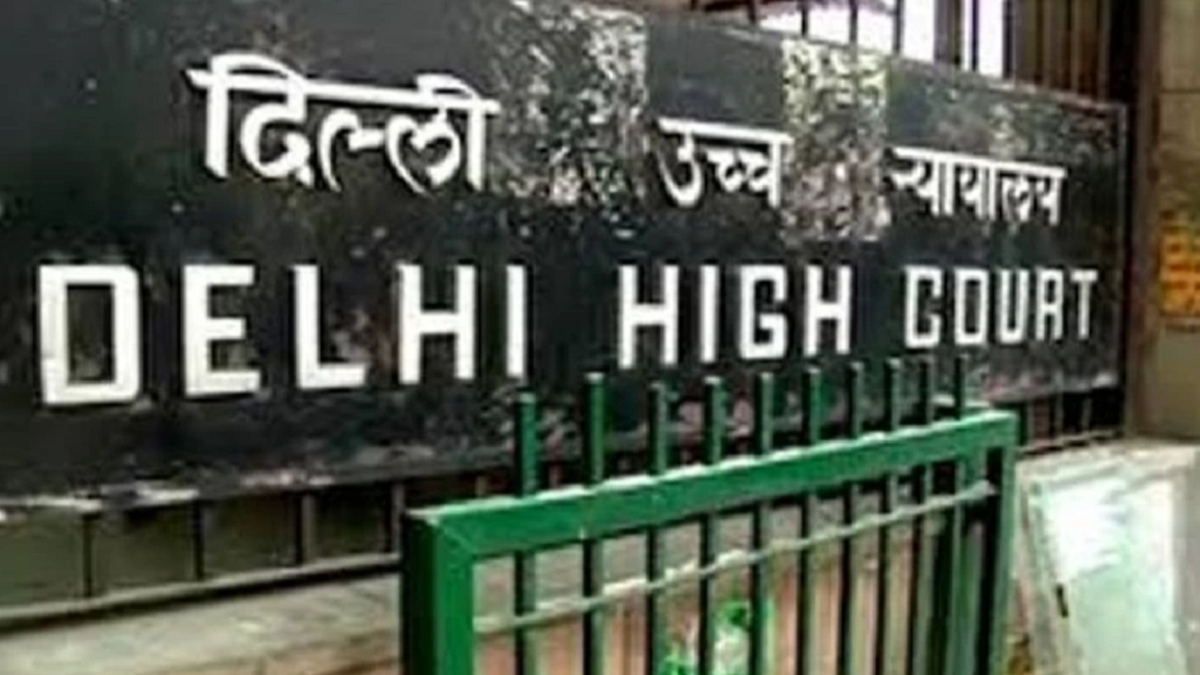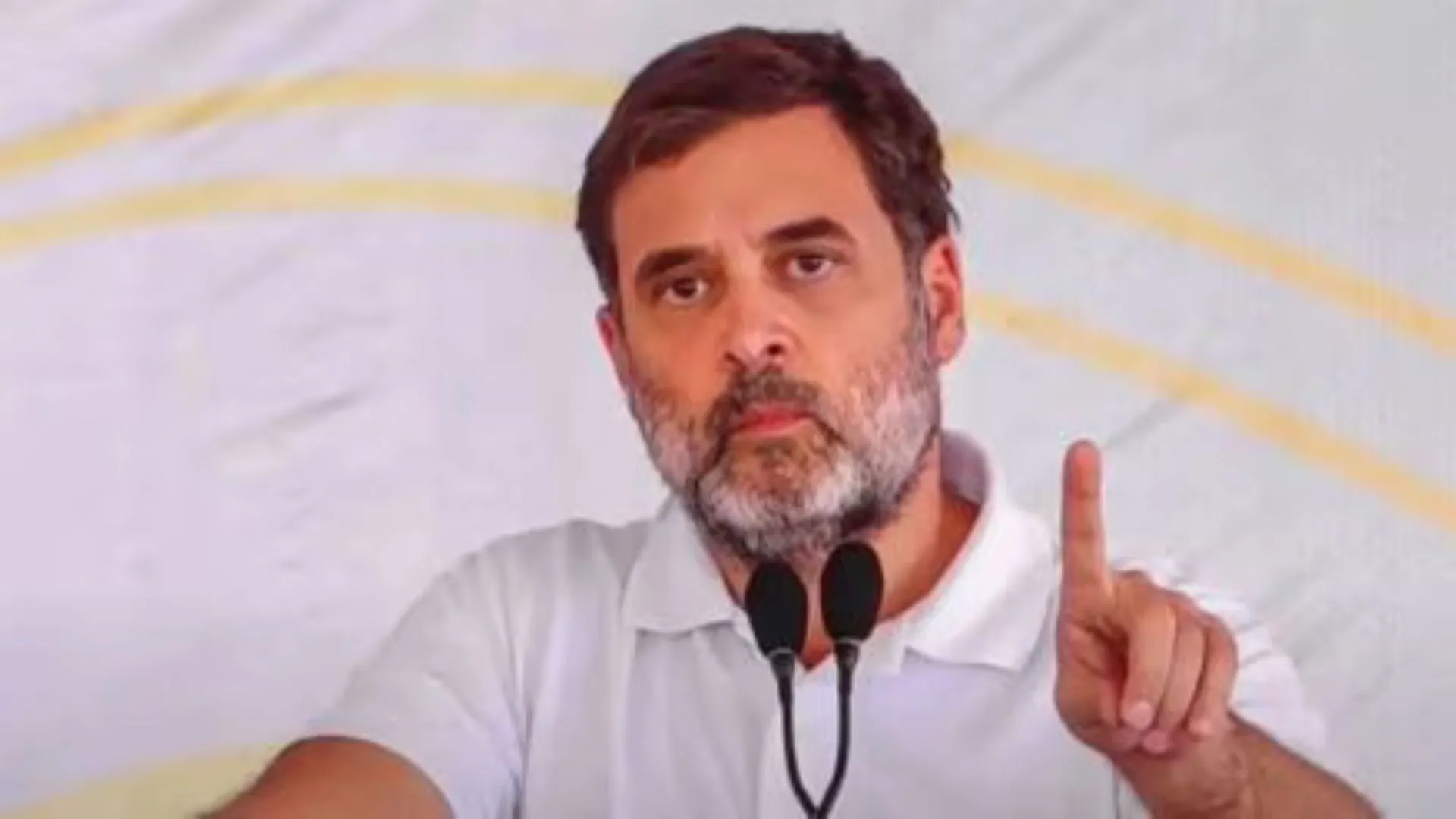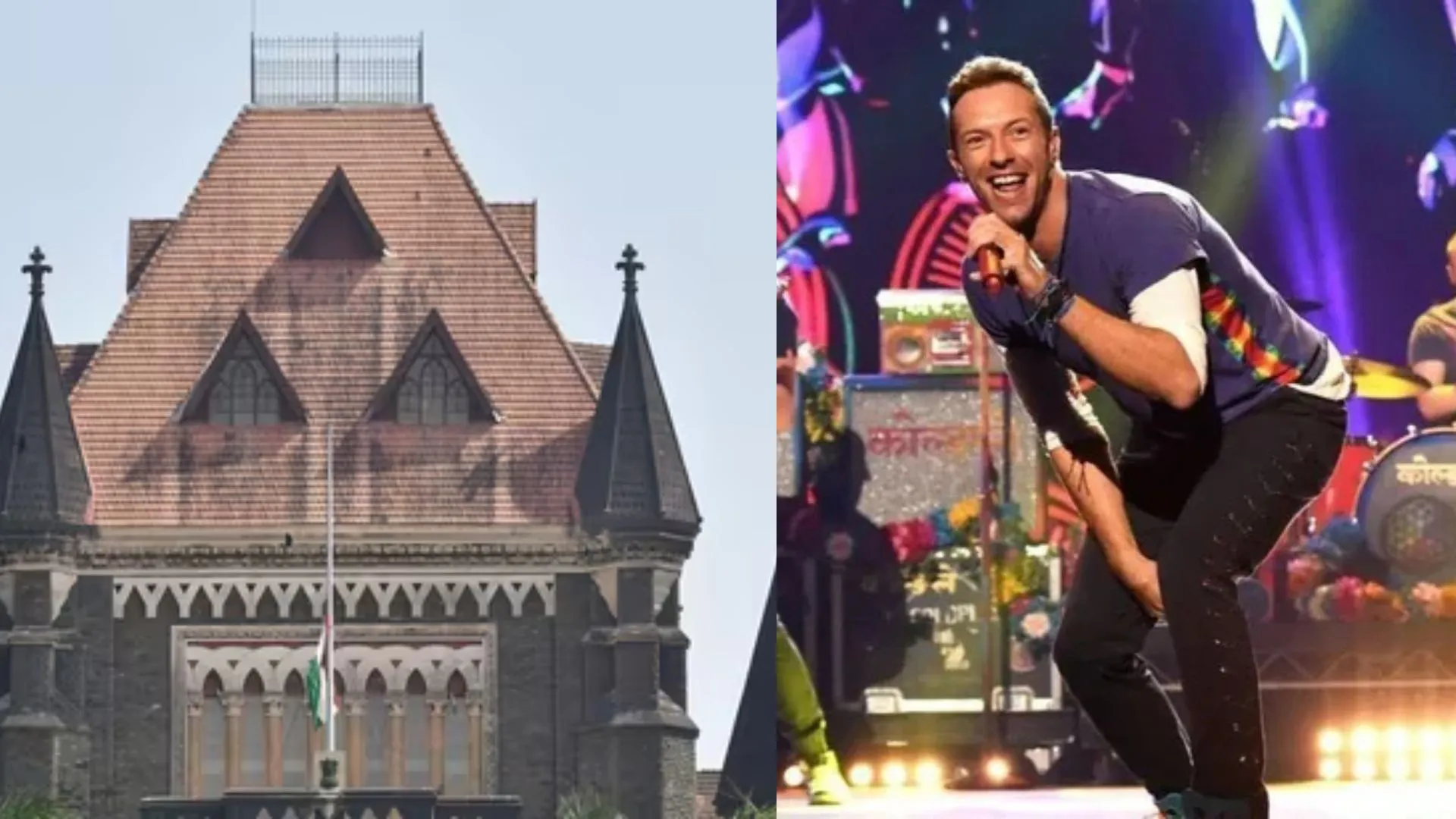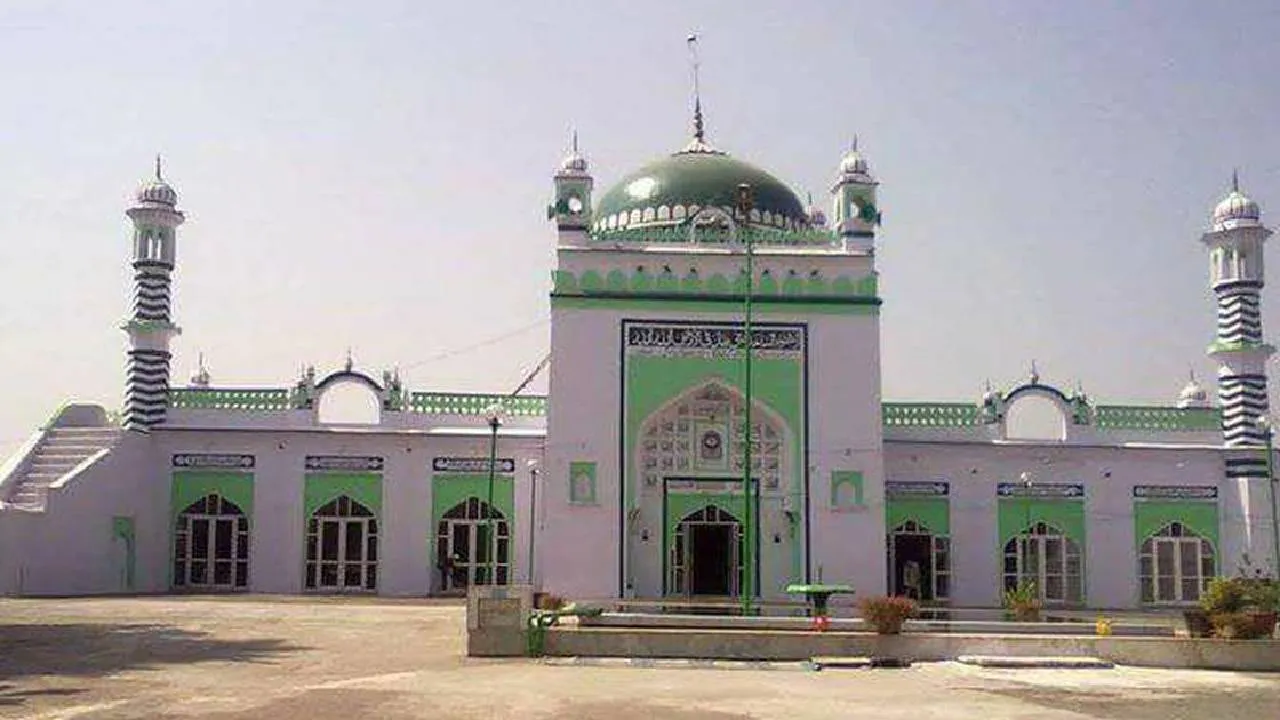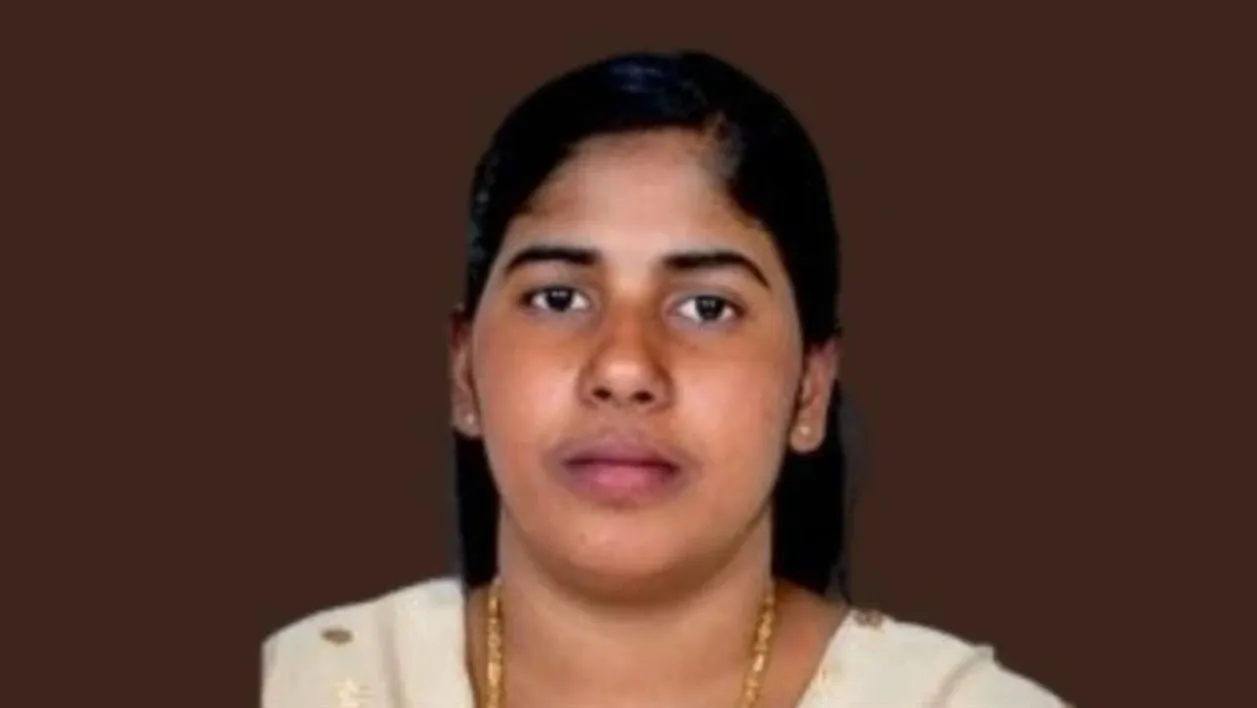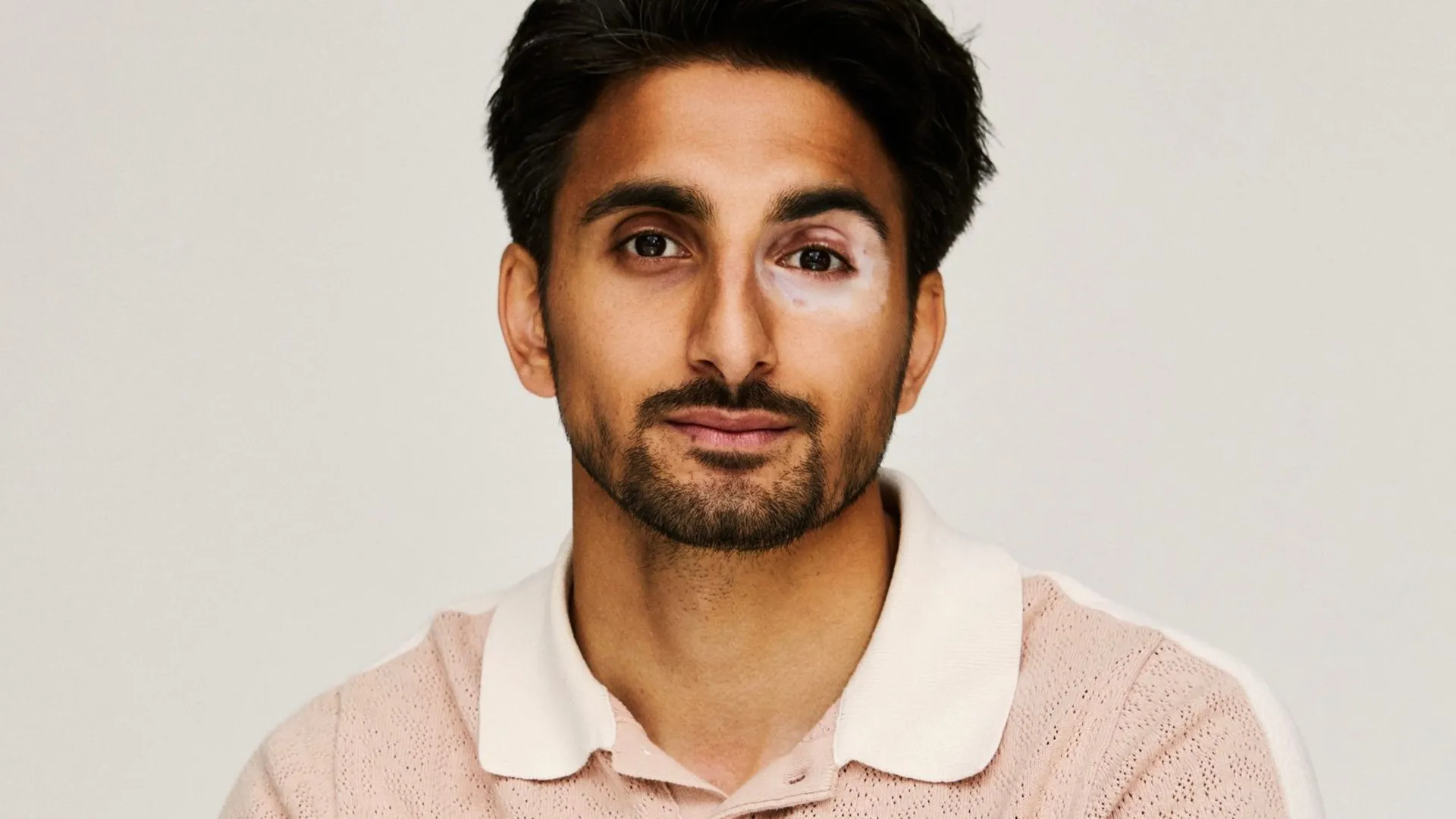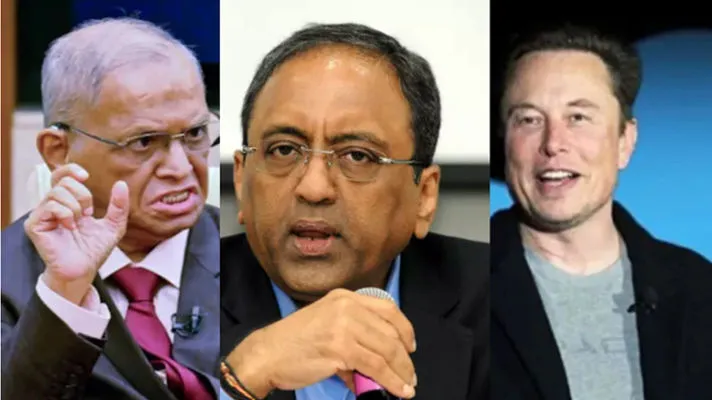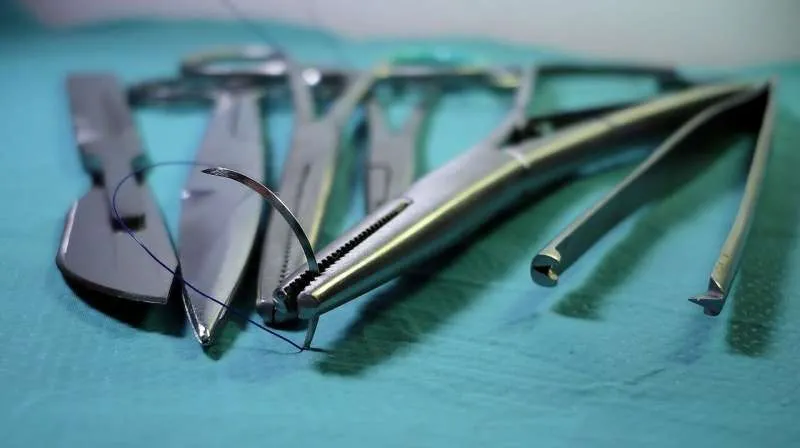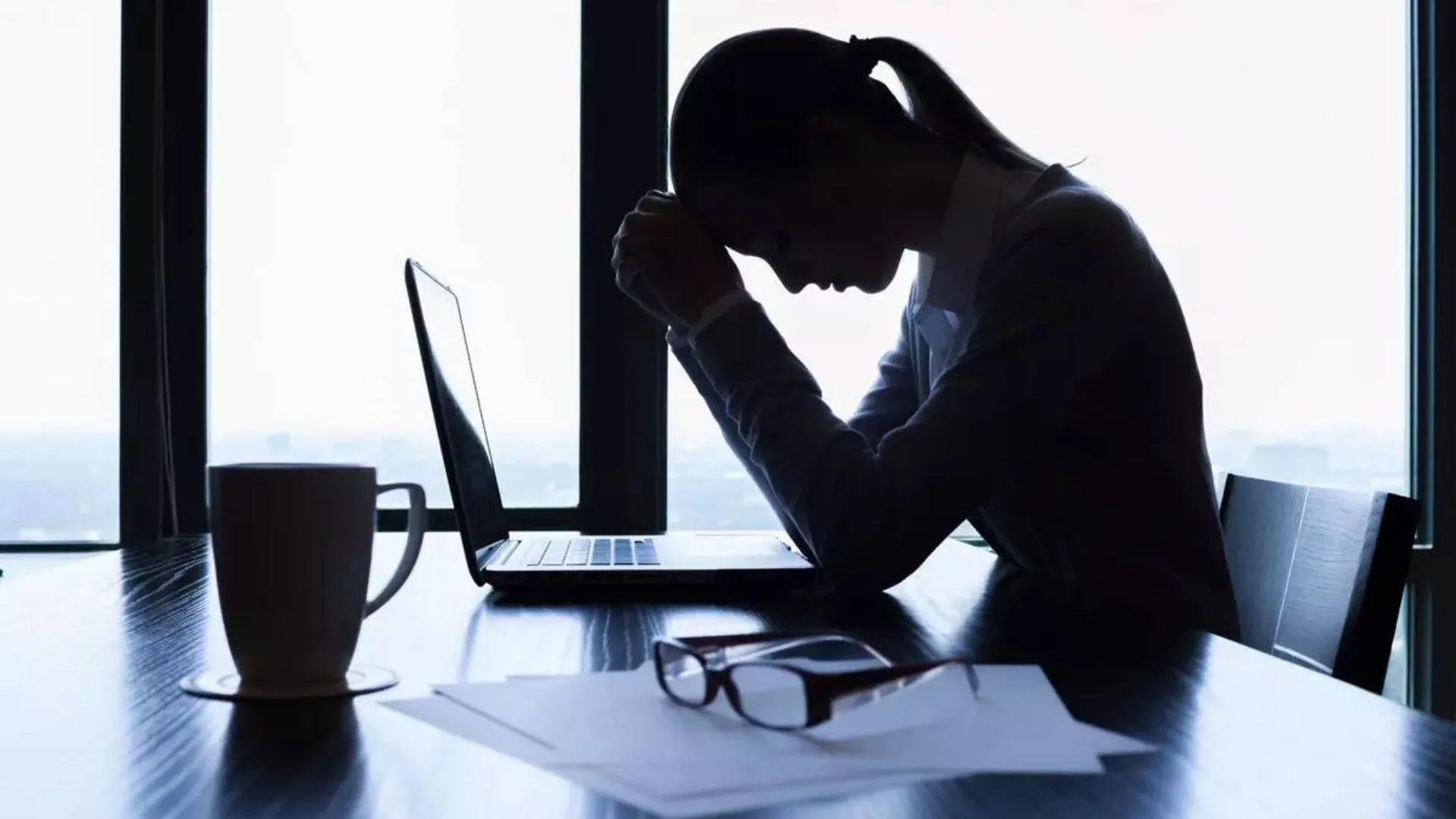In a well-written, well-reasoned, well-articulated and well-worded judgement titled Purna Chandra Mohapatra and Another vs State of Odisha & Others in Writ Petition (Civil) No. 13774 of 2005 that was delivered as recently as on January 27, 2021, the Orissa High Court has rightly directed that a sum of Rs 5 lakh be paid by the State of Odisha to one Purna Chandra Mohapatra and his wife as compensation for the avoidable death of Manoj (their son), while in their custody, on account of their (police) negligence. The State cannot exonerate itself from its liability on this score. This alone explains why the Orissa High Court has taken them to task in this leading case as was merited also!
To start with, the Division Bench of Chief Justice Dr S Muralidhar who authored this brilliant, bold and blunt judgment for himself and Justice Biswajit Mohanty of the Orissa High Court while stating the object of the petition sets the ball rolling by first and foremost observing in para 1 that, “This writ petition was filed on 7th November, 2005 seeking, inter alia, the compensation of Rupees four lakhs to be paid to the Petitioners for the alleged custodial death of their son Manoj Kumar Mohapatra (Manoj).”
To be sure, it is then rightly stated in para 2 that, “The Petitioners had earlier filed W.P.(Crl) No. 407 of 2005 on 25th October, 2005 in this Court where the prayer was for directing the Opposite Parties to show cause as to why no action has been taken on the basis of the F.I.R. filed by the Petitioners against Opposite Party No.3 (Inspector-in-Charge, Dhenkanal Town Police Station) and seeking a fair investigation of the case. That petition, which was to be heard with the present petition was, however, dismissed for non-prosecution on 28th August, 2017.”
While laying the background, the Bench then envisages in para 3 that, “As far as present writ petition is concerned, it was pointed out that a representation had been made by the Petitioners on 7th June, 2005 to the District Superintendent of Police, Dhenkanal to take strong action against the concerned police personnel of the Town Police Station (PS) of Dhenkanal. The Petitioners’ case was that their son Manoj was returning home at about 2 am on 6th June, 2005 from watching a ‘melody concert’ performed at Minabazar, when the Inspector-in-Charge (IIC) of the Town PS, accompanied by some other policemen, forcibly took him to the PS. The next morning at 10.30 am the Police informed the Petitioners that Manoj had been taken to Sadar Hospital, Dhenkanal. After the Petitioners reached the Sadar Hospital, on the advice of the doctors there, Manoj was taken to the SCB Medical College and Hospital, Cuttack by a medical ambulance. Unfortunately, he died on the way. The case of the Petitioners is that he died due to brutal torture by the Dhenkanal Police.”
To say the least, it is then stated in para 4 that, “The Petitioners have also placed on record a copy a fact-finding report of the Peoples Union for Civil Liberties of Dhenkanal and Cuttack treating this to be a custodial death and calling for fair investigation to the F.I.R. No. 145 dated 7th June, 2005 under Section 302/34 of the Indian Penal Code (IPC).”
To put things in perspective, the Bench then mentions in para 5 that, “The Investigating Officer (IO) Shri Ramakrishna Panda, Inspector of Police, filed a counter affidavit dated 18th April, 2006 in this Court. The version of the Police is that the deceased had entered into a foreign liquor shop in a drunken state by making a hole in the asbestos roof; that he fell down from the roof to the floor and thereafter started making unusual sounds. This attracted the police patrolling party. The shop was thereafter opened and Manoj was brought to the PS in the early hours of 7th June, 2005 and kept in the verandah for verification. At about 8.50 am when Manoj complained of pain in his abdomen and started vomiting, he was shifted to Dhenkanal Headquarters Hospital for treatment.”
Truth be told, it is then stated in para 6 that, “The affidavit states that during the post-mortem examination, six external injuries were detected, all of which were ante-mortem. However, no injuries were mentioned in the bed head ticket of the deceased while he was admitted to the Hospital. It is stated that as it was a case of custodial death, the State Human Rights Protection Cell (HRPC), Odisha took charge of the investigation from the local police on 8th June, 2005. In paragraph 6 of the affidavit, it is stated as under :
“6. That it is respectfully submitted that the process of post-mortem was Video recorded. During investigation none has stated that neither Gyan Behera nor any police officer assaulted the accused-victim inside the Police Station. During investigation no evidence of assault to the deceased by the local police has been established. The Police noticed no external injury when the victim was brought to the Police Station. No third degree method and torture was applied to the deceased. As per the guidelines of NHRC the case is under investigation by the State HRPC and the investigation is under progress.””
What ensued next is then stated in para 7 that, “Thereafter, it appears that nothing substantial happened in the petition. For some reason, it appears to have not even been listed once between 2006 and 2019. Unfortunately, everyone, including the counsel for the Petitioners, appear to have slipped into a collective amnesia. It appears that on 4th December, 2019 an affidavit was filed by the Deputy Superintendent of Police (DSP), H.R.P.C., and Odisha, in which at paragraph 3 it is stated as under:
“3. That it is humbly submitted that pursuant to the direction of Addl. Director General of Police, State HRPC, Odisha, Cuttack, the matter was investigated by Sri Rabindranath Mohanty as I.O. in Dhenkanal Police Case No. 145 of 2005. After necessary investigation, on 26.12.2008 final report was submitted as Mistake of Fact, under section 302/34 IPC vide Final Form No. 193/08, dated 26.12.2008 and submitted the same before the learned S.D.J.M., Dhenkanal.””
As it turned out, the Bench then states in para 8 that, “A copy of the Final Report dated 26th December, 2008 submitted before the S.D.J.M., Dhenkanal has been enclosed with the affidavit of the DSP. What is clear from the report is that Manoj was brought to the PS in an inebriated condition at 3.20 am on 7th June, 2005. The report states that Manoj ‘was made to sit on the P.S. verandah and was detailed there with an impression that he was under influence of liquor and will be interrogated after coming to normal condition.’ (emphasis supplied) The inescapable conclusion is that although Manoj was brought to the PS admittedly at 3.20 am, and in a physically precarious condition, for over five and a half hours thereafter i.e. till 8.50 am no one bothered to even attend to him. According to the affidavit, when Sub-Inspector Harmohan Nayak returned to the PS after investigating some other case, and started interrogating Manoj, the latter complained of pain in his abdomen and ‘babbled’. It is only then, at 9 am, he was shifted to the hospital for treatment.”
Needless to say, the Bench then observes in para 11 that, “Indeed it appears from the copy of the proceedings before the SDJM that despite the Petitioners having been served with the notice in the proceedings on 26th December, 2008 itself, they did not participate and file a protest petition. It appears that on 26th November, 2010 that one Sri O.P. Saran, Advocate appeared on their behalf before the learned SDJM and filed his vakalatnama. Thereafter, several hearings took place in 2011 and 2012 before the SDJM during which the Petitioners and their counsel remained absent. The last order was passed by the learned SDJM on 25th November, 2012 accepting the final closure report submitted by the IO. The final report was that it was ‘a mistake of fact’. In the absence of any protest petition, the said report was accepted by the SDJM, Dhenkanal. The position that emerged at the conclusion of the investigation was that there was nothing to prove that the death was a ‘custodial death’ caused by the police.”
For the sake of clarity, the Bench then clarifies in para 12 that, “However, this does not absolve the police of their responsibilities of ensuring timely medical help to a person, who had obviously been arrested and brought in a condition of pain into the Town PS at Dhenkanal at 3.20 am on 7th June, 2005. When on their own showing the police on breaking open the foreign liquor shop found the deceased on the floor writhing in pain, there was no justification in keeping him in the PS in their custody without any medical attention from 3.20 am to 9 am. This was nothing but negligence, plainly inexcusable. The very serious cranio-cerebral injuries suffered by the deceased, even if it was due to the fall inside the shop from the roof as alleged by the Police, required immediate attention. Manoj should have been immediately rushed for medical treatment. The six hour delay was obviously fatal.”
In addition, it is then also clarified in para 13 that, “The law in regard to the liability of state functionaries for acts of negligence has been well settled in a series of decisions, many of which deal with deaths of persons while in judicial custody. These would apply with equal force to a situation of proven case of death while in police custody as a result of negligence of the police. Once a person is in the custody of the police, the security of that person’s life and liberty is in their hands. They are answerable for whatever happens to the person in their custody.”
Now coming to the relevant case laws, the Bench then states in para 14 that, “Among the early decisions of the Supreme Court dealing with the living conditions of under trial prisoners is D Bhuvan Mohan Patnaik v. State of Andhra Pradesh (1975) 3 SCC 185, where Chandrachud, J. (as the Learned Chief Justice of India then was) held as under (SCC @ 188):
“The security of one’s person against an arbitrary encroachment by the police is basic to a free society and prisoners cannot be thrown at the mercy of policemen as if it were a part of an unwritten law of crimes. Such intrusions are against the very essence of a scheme of ordered liberty. … No person, not even a prisoner, can be deprived of his ‘life’ or ‘personal liberty’ except according to procedure established by law. The American Constitution by the 5th and 14th Amendments provides, inter alia, that no person shall be deprived of “life, liberty, or property, without the due process of law”. Explaining the scope of this provision, Field J. observed in Munn v. Illinois (1877) 94 US 113 that the term “life” means something more than mere animal existence and the inhibition against its deprivation extends to all those limits and faculties by which life is enjoyed. This statement of the law was approved by a Constitution Bench of this Court in Kharak Singh v. The State of UP AIR 1963 SC 1295.””
Furthermore, it is then added in para 15 that, “Justice Krishna Iyer reiterated the essentiality of fundamental rights for jail inmates in Charles Sobraj v. Superintendent, Central Jail, Tihar, New Delhi (1978) 4 SCC 104 in the following passage (SCC @ 109-110):
“If a whole atmosphere of constant fear of violence frequent torture and denial of opportunity to improve oneself is created or if medical facilities and basic elements of care and comfort necessary to sustain life are refused then also the humane jurisdiction of the court will become operational based on Article 19. … prisoners retain all rights enjoyed by free citizens except those lost necessarily as an incident of confinement. Moreover, the rights enjoyed by prisoners under Articles 14, 19 and 21, though limited, are not static and will rise to human heights when challenging situations arise.””
While continuing in the same vein, the Bench then holds in para 16 that, “A Constitution Bench of the Supreme Court took serious note of the treatment meted out to undertrials, convicts and those awaiting death penalty in the case of Sunil Batra (I) v. Delhi Administration (1978) 4 SCC 494. The majority held as under (SCC @ 568):
“It is no more open to debate that convicts are not wholly denuded of their fundamental rights. No iron curtain can be drawn between the prisoner and the Constitution. Prisoners are entitled to all constitutional rights unless their liberty has been constitutionally curtailed [see Procunier v. Martinex 40 L Ed 2d 224 at 248 (1974)]. However, a prisoner’s liberty is in the very nature of things circumscribed by the very fact of his confinement. His interest in the limited liberty left to him is then all the more substantial.”
Adding more to it, the Bench then brings out in para 17 that, “In Neelabati Behera v. State of Orissa (1993) 2 SCC 746 it was reiterated that prisoners and detenues are not denuded of their fundamental rights under Article 21 and only such restrictions as are permitted by law can be imposed on them. It was held:
“It is axiomatic that convicts, prisoners or undertrials are not denuded of their fundamental rights under Article 21 and its is only such restrictions, as are permitted by law, which can be imposed on the enjoyment of the fundamental right by such persons. It is an obligation of the State to ensure that there is no infringement of the indefeasible rights of a citizen o life, except in accordance with law, while the citizen is in its custody. The precious right guaranteed by Article 21 of the constitution of India cannot be denied to convicts, undertrials or other prisoners in custody, expect according to procedure established by law. There is a great responsibility on the police or prison authorities to ensure that the citizen in its custody is not deprived of his right to life. His liberty is in the very nature of things circumscribed by the very fact of his confinement and therefore his interest in the limited liberty left to him is rather precious. The duty of care on the part of the State is responsible if the person in custody of the police is deprived of his life except according to the procedure established by law.””
Significantly, the Bench then holds in para 18 that, “These decisions were in cases of custodial deaths or violence while the victims were in police or judicial custody. The liability of state functionaries for acts of omission or commission constituting constitutional tort was extended to deaths or violence that occurred, not necessarily at the hands of the officials, but while in their custody. One such decision was In re Death of Sawinder Singh Grover [1995 Supp (4) SCC, 450. There, the detenu, while in the custody of the Enforcement Directorate (ED) and during interrogation, jumped to his death. On the ground that the death took place while he was in their custody, the Supreme Court, after getting an enquiry conducted by the Additional District Judge, which disclosed a prima facie case for investigation and prosecution, directed both the Union of India as well as the ED to pay Rs. 2 lakhs as compensation to the widow of the deceased.”
Equally significant is what is then stated in para 19 that, “In the landmark decision D K Basu v. State of West Bengal (1997) 1 SCC 416, the Supreme Court observed pertinently:
“Does a citizen shed off his fundamental right to life, the moment a policeman arrests him? Can the right to life of a citizen be put in abeyance on his arrest? These questions touch the spinal court of human rights jurisprudence. The answer, indeed, has to be an emphatic ‘No’. The precious right guaranteed by Article 21 of the Constitution of India cannot be denied to convicted undertrials, detenues and other prisoners in custody, except according to the procedure established by law by placing such reasonable restrictions as are permitted by law.””
While drawing attention to prisoners plight, the Bench then brings out in para 20 that, “In Rama Murthy v. State of Karnataka (1997) 2 SCC 642, the Supreme Court took note of a letter petition by a prisoner in Central Jail, Bangalore. It issued several directions to improve the living conditions of inmates. Among the major problems it identified as afflicting the system and which needed immediate attention was, apart from overcrowding, delay in trial, torture and ill-treatment, “neglect of health and hygiene”. On neglect of health care facilities, the Court observed as under: (SCC @ 657)
“(S)ociety has an obligation towards prisoners’ health for two reasons. First, the prisoners do not enjoy the access to medical expertise that free citizens have. Their incarceration places limitations on such access; no physician of choice, no second opinions, and few if any specialists. Secondly, because of the conditions on their incarceration, inmates are exposed to more health hazards than free citizens. Prisoners therefore, suffer from a double handicap.””
No doubt, it is then rightly added in para 21 that, “In Murti Devi v. State of Delhi (1998) 9 SCC 604 the Supreme Court found the Tihar Jail authorities negligent and awarded compensation to the Petitioner for the death of her husband, an under trial prisoner, Raj Kumar. The jail authorities made an unsuccessful attempt at convincing the Court that the deceased “was a drug addict and presumably as a consequence of withdrawal symptoms had suffered some injuries and also on account of an old injury in kidney, he had died.” The Supreme Court held that, “prompt and appropriate action in rendering medical aid in a hospital was also not given to the said deceased. … There is no manner of doubt that because of the gross negligence on the part of the jail authorities, the said Raj Kumar, an under trial prisoner in Tihar Jail, was subjected to serious injuries inside the jail which ultimately caused his death.””
It cannot be lightly dismissed that it is then observed in para 22 that, “The facts in Ajab Singh v. State of Uttar Pradesh (2000) 3 SCC 521 were similar to the case on hand. There the deceased Rishipal was lodged in the District Jail, Meerut. According to the jail officials “Rishipal had gone to the jail hospital on 31st May, 1996 and complained of “jaundice” and weakness, yellow urine and lack of appetite. He was admitted to the jail hospital and treated for jaundice. On the evening of 31st May 1996, Rishipal started vomiting and was given treatment. The jail doctor referred him to the Medical College, Meerut where he was admitted at about 8.40 p.m. on 1st June, 1996. His condition did not improve “and he died as result of the jaundice and liver failure”. The Supreme Court termed the post mortem report as “rather misleading which narrated the cause of death as ‘shock and haemorrhage due to ante mortem injuries’.” Taking a strong view on the affidavit, the Supreme Court held as under: (SCC @ 524)
“(W)hat appears to us to be a concocted story is that set out in the respondent’s affidavits. They are, to our mind, desperate attempts to avoid responsibility for acts committed while Rishipal was in judicial custody. There can be no doubt that the respondents have not investigated the cause of death of Rishipal as they ought to have done or that, at any rate, they have not placed all relevant material before this Court. They have attempted to pull the wool over the eyes of this Court. We do not appreciate the death of persons in judicial custody. When such deaths occur, it is not only to the public at large that those holding custody are responsible; they are responsible also to the courts under whose orders they hold such custody.””
As a corollary, it is then stated in para 23 that, “The Supreme Court directed the CBI to investigate into the circumstances of Rishipal’s death and the State of UP to pay compensation of Rs. 5 lakhs.”
In yet another case, it is then stated in para 24 that, “The liability of the state to compensate for the death of a prison inmate in unnatural circumstances was reiterated in State of Andhra Pradesh v. Challa Ramkrishna Reddy (2000) 5 SCC 712. The Supreme Court dismissed the appeal of the State of Andhra Pradesh against the decision of the High Court of Andhra Pradesh granting compensation to the family members of an under trial who got killed in an attack targeting him in the jail due to the negligence of jail authorities at sub-jail Koilkuntla. “On being lodged in jail, the deceased Challa Chinnappa Reddy and Challa Ramkrishna Reddy (P.W.1) both informed the Inspector of Police that there was a conspiracy to kill them and their lives were in danger. … In spite of the representation made by the deceased and Challa Ramkrishna Reddy, adequate protection was not provided to them…” There were two guards on duty instead of the stipulated nine. The Court held the incident to be a result of “failure to take reasonable care.””
Going forward, it is then stated in para 25 that, “The basic principle of liability of government officials for acts constituting constitutional tort was elaborated by the Supreme Court in Chairman Railway Board v. Mrs. Chandrima Das (2000) 2 SCC 465, as under:
“The Public Law remedies have also been extended to the realm of tort. This Court, in its various decisions, has entertained petitions under Article 32 of the Constitution on a number of occasions and has awarded compensation to the petitioners who had suffered personal injuries at the hands of the officers of the Govt. The causing of injuries, which amounted to tortious act, was compensated by this Court in many of its decisions beginning from Rudul Sah v. State of Bihar 1983(3) SCR 508.
Please read concluding on thedailyguardian.com
In cases relating to custodial deaths and those relating to medical negligence, this Court awarded compensation under Public Law domain in Nilabati Behera vs. State of Orissa (supra); State of M.P. v. Shyam Sunder Trivedi (1995) 4 SCC 262; People’s Union for Civil Liberties v. Union of India (1997) 3 SCC 433; Kaushalya v. State of Punjab (1996) 7 SCALE (SP) 13; Supreme Court Legal Aid Committee v. State of Bihar (1991) 3 SCC 482; Dr. Jacob George v. State of Kerala (1994) 3 SCC 430; Paschim Bangal Khet Mazdoor Samity v. State of West Bengal & Ors. (1996) 4 SCC 37; and Mrs. Manju Bhatia v. N.D.M.C. (1997) 6 SCC 370.””
Quite rightly, it is then also observed in para 26 that, “The Supreme Court rejected the contention of the Railways that the victim herself should have approached the civil court for damages and the matter should not have been considered in a petition under Article 226 of the Constitution. It was held that:
“Where public functionaries are involved and the matter relates to the violation of Fundamental Rights or the enforcement of public duties, the remedy would still be available under the Public Law notwithstanding that a suit could be filed for damages under Private Law.””
Notably, the Bench then observes in para 27 that, “In Nina Rajan Pillai v Union Of India 2011 (5) AD (Del) 36 the Tihar jail authorities sought to project the death of the Petitioner’s husband while in judicial custody as being due to “natural causes”. Nevertheless a Commission of Inquiry headed by a former Chief Justice of the Himachal Pradesh High Court established that ‟it is clear that it was the failure or omission of the jail authorities on several counts that were found to have resulted in such death.” It was held that “with timely medical assistance his life may have been saved. There are no mitigating factors which can explain the omission of the jail authorities in providing such timely medical assistance.” It was further held: “The basic minimum right to life and dignity should be available to every prisoner. When that non-derogable minimum standard is breached, the principle of strict liability should be invoked against the jail authorities making them answerable in law for the consequences of such breach.”
It would be pertinent to mention here that it is then aptly stated in para 28 that, “In Re-Inhuman Conditions in 1382 Prisons reported in (2017) 10 SCC 658 the Supreme Court reiterated the need to award compensation in cases of custodial deaths and observed:
“55. Over the last several years, there have been discussions on the rights of victims and one of the rights of victims and one of the rights of a victim of crime is to obtain compensation. Schemes for victim compensation have been framed by almost every State and that is a wholesome development. But it is important for the Central Government and the State Governments to realize that persons who suffer an unnatural death in a prison are also victims – sometimes of a crime and sometimes of negligence and apathy or both. There is no reason at all to exclude their next of kin from receiving compensation only because the victim of an unnatural death is a criminal. Human rights are not dependent on the status of a person but are universal in nature. Once the issue is looked at from this perspective, it will be appreciated that merely because a person is accused of a crime or is the perpetrator of a crime and in prison custody, that person could nevertheless be a victim of an unnatural death. Hence the need to compensate the next of kin.”
Simply put, the Bench then elucidates in para 29 that, “Reverting to the case on hand, it is evident from the report of investigation of the police themselves that Manoj remained in police custody from 3.20 am till his death more than seven hours later on 7th June 2005. Even if it is not established that the ante mortem injuries found on his person during post-mortem were caused by the Police, the law of strict liability for the negligence of the police in not meeting the basic minimum standard of care in providing him prompt medical attention would stand attracted. The police have to be held liable for the avoidable death of Manoj, while in their custody, on account of their negligence.”
Of course, the Bench then rightly points out in para 30 that, “The Court then perused the two affidavits filed on behalf of the Opposite Parties to find out if any compensation has been paid to the Petitioners for the death of Manoj while he was in the custody of the police. The Court was unable to find any statement to that effect in either of the affidavits. Mrs. S. Pattanayak, learned Additional Government Advocate, then sought time to seek instruction on this aspect. Nevertheless, the Court is of the view that the State Government should pay the compensation for the said custodial death to the parents of the deceased i.e., the Petitioners.”
Quite remarkably, the Bench then elegantly, effectively and eloquently holds in para 31 that, “On the question of the quantum of compensation that must be awarded in the instant case, the Court notes that the claimants belonged to economically weaker section of the society and have had to suffer the agony of an extraordinarily long wait of over 15 years for justice. The Court directs that a sum of Rs.5,00,000/- (Rupees five lakhs) be paid by the State of Odisha to the Petitioners as compensation for the death of their son while in police custody. The compensation amount if any already paid shall be adjusted against the aforesaid sum and the balance be paid to the Petitioners not later than 8th March, 2021.”
As we all know, Chief Justice Dr S Muralidhar who has authored this brilliant judgment is already well known for his many historic judgments on human rights in his earlier role as Judge of Delhi High Court especially in Hashimpura case and later also in Punjab and Haryana High Court and now again in his new role along with his fellow Judge – Justice Biswajit Mohanty. Human rights violations have to be taken most seriously, accorded the highest importance and this is what exactly we witness here also which alone explains why the petitioners have got Rs 1 lakh more than what they demanded as compensation for which both the Judges who have authored this highly commendable judgment deserves unqualified appreciation!
Also equally commendable is that this remarkable judgment is treasured with several landmark judgments which we have already discussed elaborately as stated in different paras of this notable judgment! It is a must read judgment and will always be remembered in the time to come!

